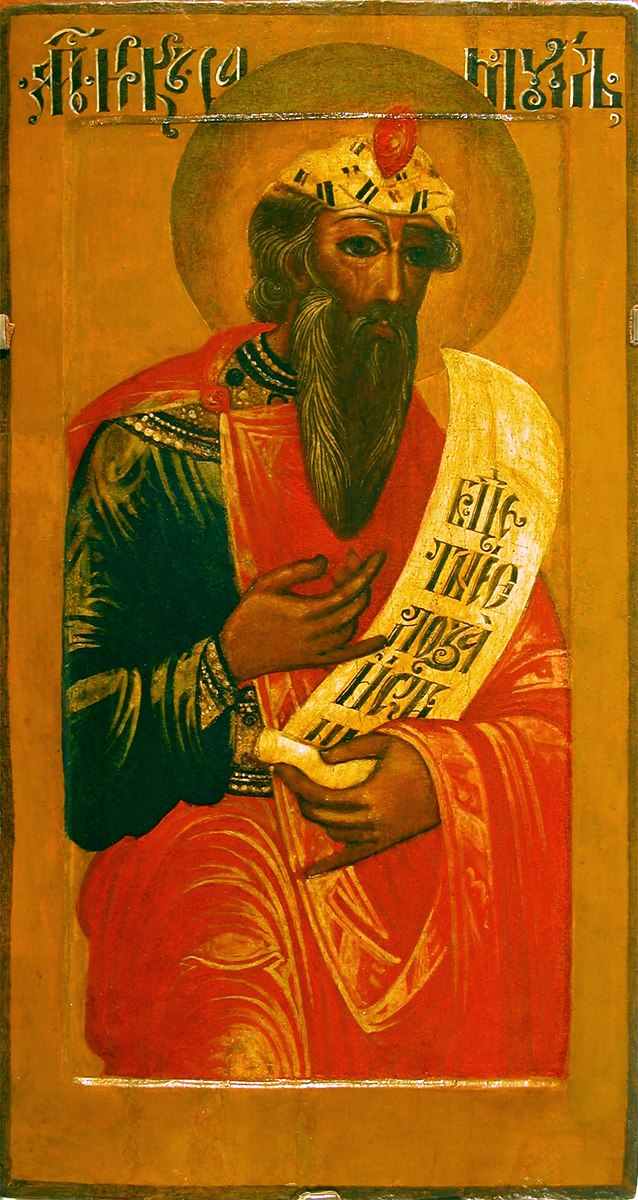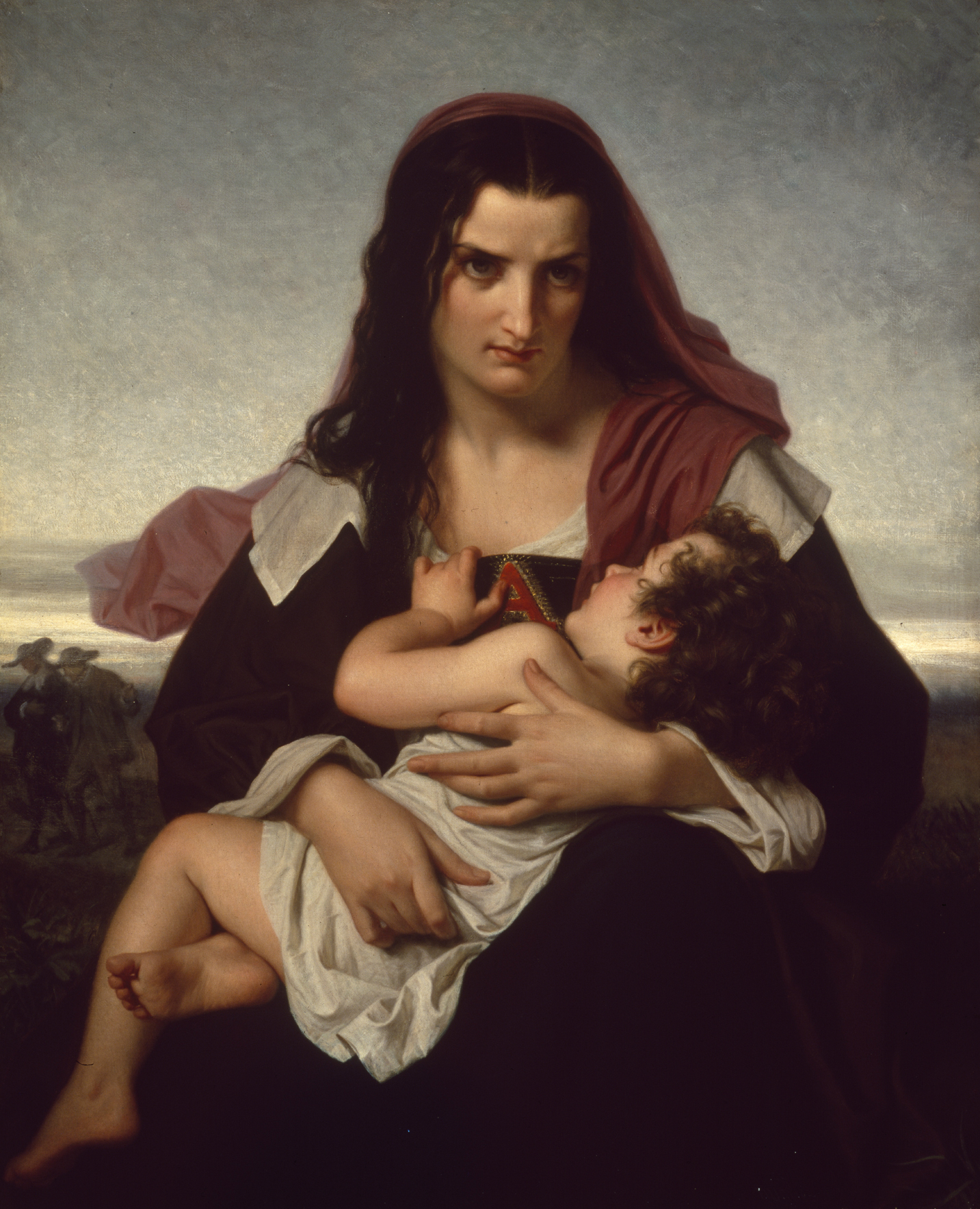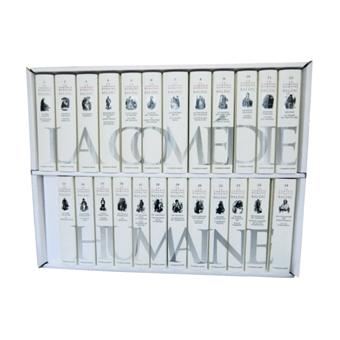the tyger(poem):"The Tyger" is a poem by the English poet William Blake published in 1794 as part of the Songs of Experience collection. Literary critic Alfred Kazin calls it "the most famous of his poems," and The Cambridge Companion to William Blake says it is "the most anthologized poem in English." It is one of Blake's most reinterpreted and arranged works.
(正面敘述老虎的威嚴,側寫上帝造物的神奇)
keep calm and stop littering:請勿亂丟垃圾
I'm up = I'm awake
i can eat a horse= i can eat a lot.

Samuel:Samuel, is a leader of ancient Israel in the Books of Samuel in the Hebrew Bible. He is also known as a prophet by Christians and Muslims, and is mentioned in the second chapter of the Qur'an, although not by name.
Alliteration : Alliteration is a stylistic literary device identified by the repeated sound of the first letter in a series of multiple words, or the repetition of the same letter sounds in stressed syllables of a phrase. "Alliteration" is from the Latin word littera, meaning "letter of the alphabet", and the first known use of the word to refer to a literary device occurred around 1624. Alliteration narrowly refers to the repetition of a letter in any syllables that, according to the poem's meter, are stressed,as in James Thomson's verse "Come…dragging the lazy languid Line along". Another example is "Peter Piper picked a peck of pickled peppers".
example of Alliteration:"To Helen" by Edgar Allan Poe
"To Helen" is the first of two poems to carry that name written by Edgar Allan Poe. The 15-line poem was written in honor of Jane Stanard, the mother of a childhood friend. It was first published in 1831 collection Poems of Edgar A. Poe. It was then reprinted in 1836 in the Southern Literary Messenger.
To Helen Revised 1845 version
Helen, thy beauty is to me
Like those Nicean barks of yore
That gently, o'er a perfumed sea,
The weary, way-worn wanderer bore
To his own native shore.
On desperate seas long wont to roam,
Thy hyacinth hair, thy classic face,
Thy Naiad airs have brought me home
To the glory that was Greece,
And the grandeur that was Rome.
Lo, in yon brilliant window-niche
How statue-like I see thee stand,
The agate lamp within thy hand,
Ah! Psyche, from the regions which
Are Holy Land!

Edgar Allan Poe:Edgar Allan Poe was an American writer, editor, and literary critic. Poe is best known for his poetry and short stories, particularly his tales of mystery and the macabre. He is widely regarded as a central figure of Romanticism in the United States and American literature as a whole, and he was one of the country's earliest practitioners of the short story. Poe is generally considered the inventor of the detective fiction genre and is further credited with contributing to the emerging genre of science fiction. He was the first well-known American writer to try to earn a living through writing alone, resulting in a financially difficult life and career.
symmetry:The correspondence of the form and arrangement of elements or parts on opposite sides of a dividing line or plane or about a center or an axis.
sick:1. Suffering from or affected with a physical illness
2.Mentally ill or disturbed.

John Donne:John Donne was an English poet and cleric in the Church of England.
He is considered the pre-eminent representative of the metaphysical poets(形上學詩人). His works are noted for their strong, sensual style and include sonnets, love poems, religious poems, Latin translations, epigrams, elegies, songs, satires and sermons. His poetry is noted for its vibrancy of language and inventiveness of metaphor, especially compared to that of his contemporaries. Donne's style is characterised by abrupt openings and various paradoxes, ironies and dislocations. These features, along with his frequent dramatic or everyday speech rhythms, his tense syntax and his tough eloquence, were both a reaction against the smoothness of conventional Elizabethan poetry and an adaptation into English of European baroque and mannerist techniques. His early career was marked by poetry that bore immense knowledge of English society and he met that knowledge with sharp criticism. Another important theme in Donne's poetry is the idea of true religion, something that he spent much time considering and about which he often theorized. He wrote secular poems as well as erotic and love poems. He is particularly famous for his mastery of metaphysical conceits.

"A Valediction: Forbidding Mourning"(full poem):"A Valediction: Forbidding Mourning" is a metaphysical poem by John Donne. Written in 1611 or 1612 for his wife Anne before he left on a trip to Continental Europe, "A Valediction" is a 36-line love poem that was first published in the 1633 collection Songs and Sonnets, two years after Donne's death. Based on the theme of two lovers about to part for an extended time, the poem is notable for its use of conceits and ingenious analogies to describe the couple's relationship; critics have thematically linked it to several of his other works, including "A Valediction: of my Name, in the Window", Meditation III from the Holy Sonnets and "A Valediction: of Weeping".
If they be two, they are two soAs stiff twin compasses are two;Thy soul, the fix'd foot, makes no showTo move, but doth, if th' other do.And though it in the centre sit,Yet, when the other far doth roam,It leans, and hearkens after it,And grows erect, as that comes home.Such wilt thou be to me, who must,Like th' other foot, obliquely run;Thy firmness makes my circle justAnd makes me end where I begun.The analogy here—of a compass in the process of drawing a circle—draws contrasts between the two lovers, where one is fixed and "in the centre sit[s]" while the other roams; despite this, the two remain inextricably connected and interdependent, staying inseparable despite the increasing distance between the two compass hands. Achsah Guibbory identifies a pun in "the fix'd foot... Thy firmness makes my circle just"; a circle with a dot in the middle is the alchemical symbol for gold, an element referred to in a previous stanza.

"Death Be Not Proud"(full poem): Sonnet X, also known by part of its first line as "Death Be Not Proud", is a fourteen-line poem, or sonnet, by English poet John Donne, one of the leading figures in the metaphysical poets of sixteenth-century English literature. The poem was not published during Donne's lifetime and was first published posthumously in 1633. It is included as one of the nineteen sonnets that comprise Donne's Holy Sonnets or Divine Meditations, among his most well-known works. Two editions published shortly after Donne's death include some of the sonnets in different order where this poem appears as eleventh in the Songs and Sonnets (published 1633) and sixth in Divine Meditations (published 1635).
No Man Is An Island - Poem by John Donne
No man is an island,Entire of itself,Every man is a piece of the continent,A part of the main.If a clod be washed away by the sea,Europe is the less.As well as if a promontory were.As well as if a manor of thy friend'sOr of thine own were:Any man's death diminishes me,Because I am involved in mankind,And therefore never send to know for whom the bell tolls;It tolls for thee.

Magnum opus:Masterpiece, magnum opus (Latin, great work) or chef d'œuvre (French, master of work, plural chefs d'œuvre) in modern use is a creation that has been given much critical praise, especially one that is considered the greatest work of a person's career or to a work of outstanding creativity, skill, profundity, or workmanship. Historically, a masterpiece was a work of a very high standard produced in order to obtain membership of a Guild or Academy.

The Scarlet Letter: A Romance is an 1850 work of fiction in a historical setting, written by American author Nathaniel Hawthorne. The book is considered to be his "masterwork". Set in 17th-century Puritan Boston, Massachusetts, during the years 1642 to 1649, it tells the story of Hester Prynne, who conceives a daughter through an affair and struggles to create a new life of repentance and dignity. Throughout the book, Hawthorne explores themes of legalism, sin, and guilt.

La Comédie humaine (The Human Comedy):is the title of Honoré de Balzac's (1799–1850) multi-volume collection of interlinked novels and stories depicting French society in the period of the Restoration and the July Monarchy (1815–1848).
The Comédie humaine consists of 91 finished works (stories, novels or analytical essays) and 46 unfinished works (some of which exist only as titles). It does not include Balzac's five theatrical plays or his collection of humorous tales, the "Contes drolatiques" (1832–37). The title of the series is usually considered an allusion to Dante's Divine Comedy; while Ferdinand Brunetière, the famous French literary critic, suggests that it may stem from poems by Alfred de Musset or Alfred de Vigny. While Balzac sought the comprehensive scope of Dante, his title indicates the worldly, human concerns of a realist novelist. The stories are placed in a variety of settings, with characters reappearing in multiple stories.
Theme song of Charlotte's Web----Ordinary Miracle
沒有留言:
張貼留言